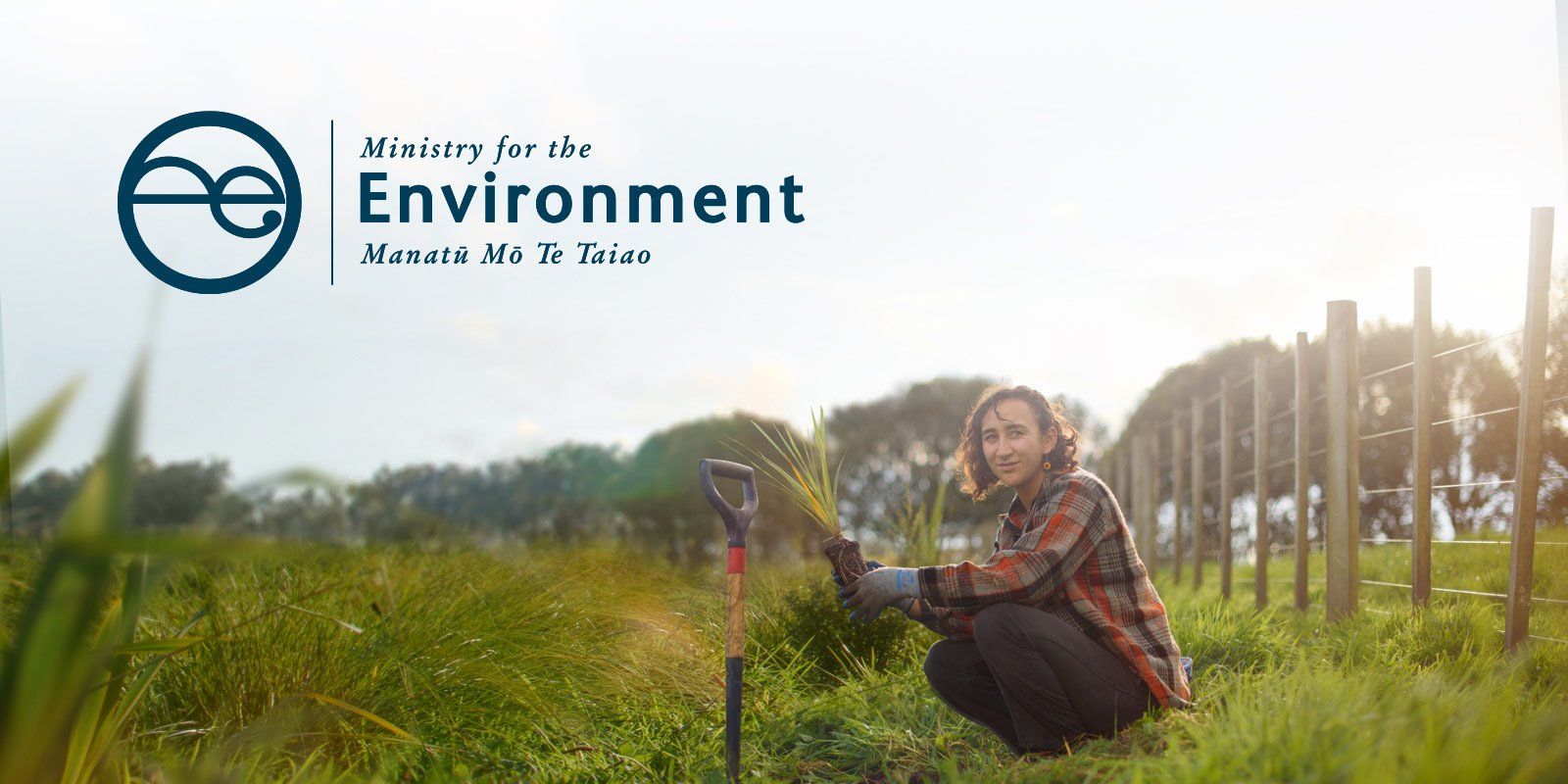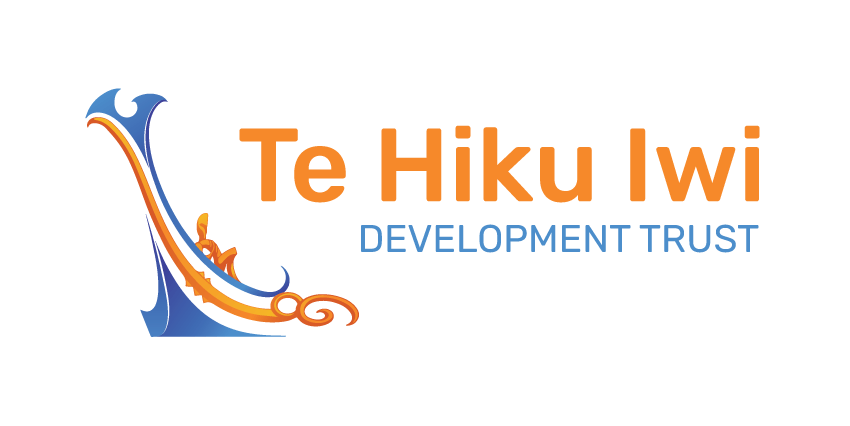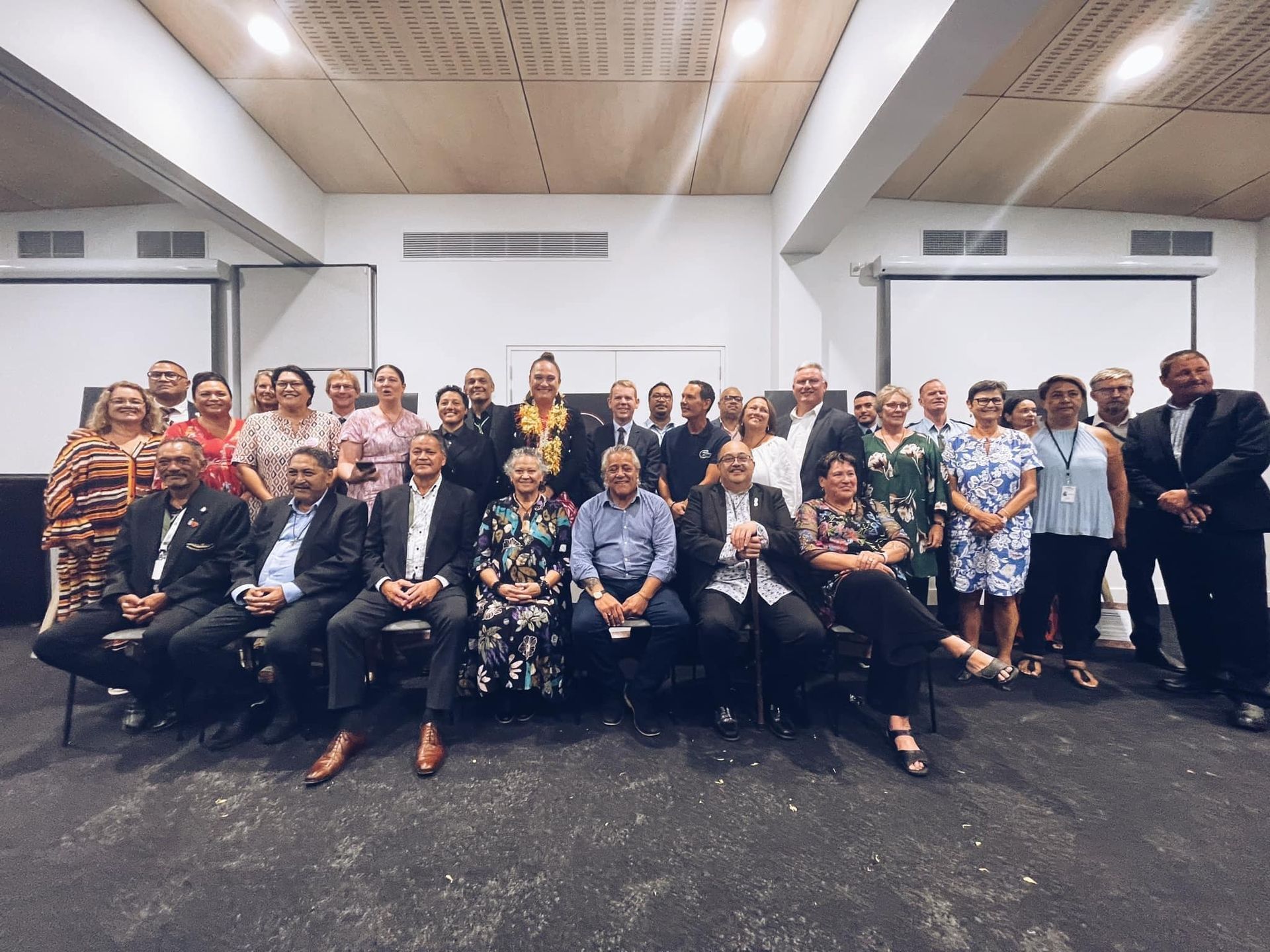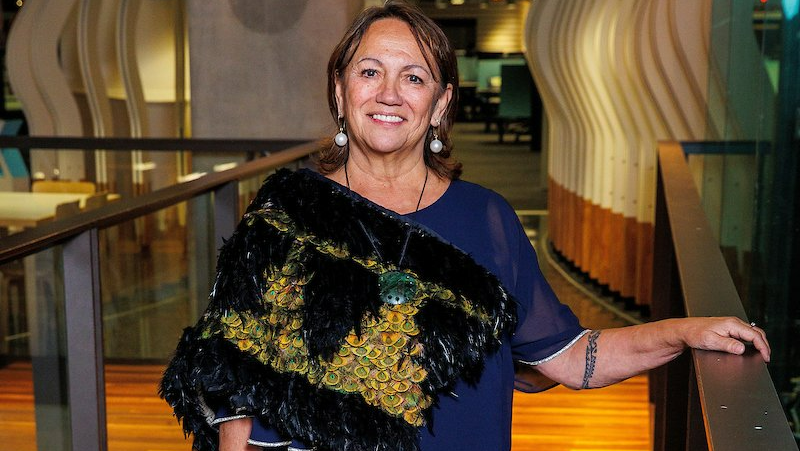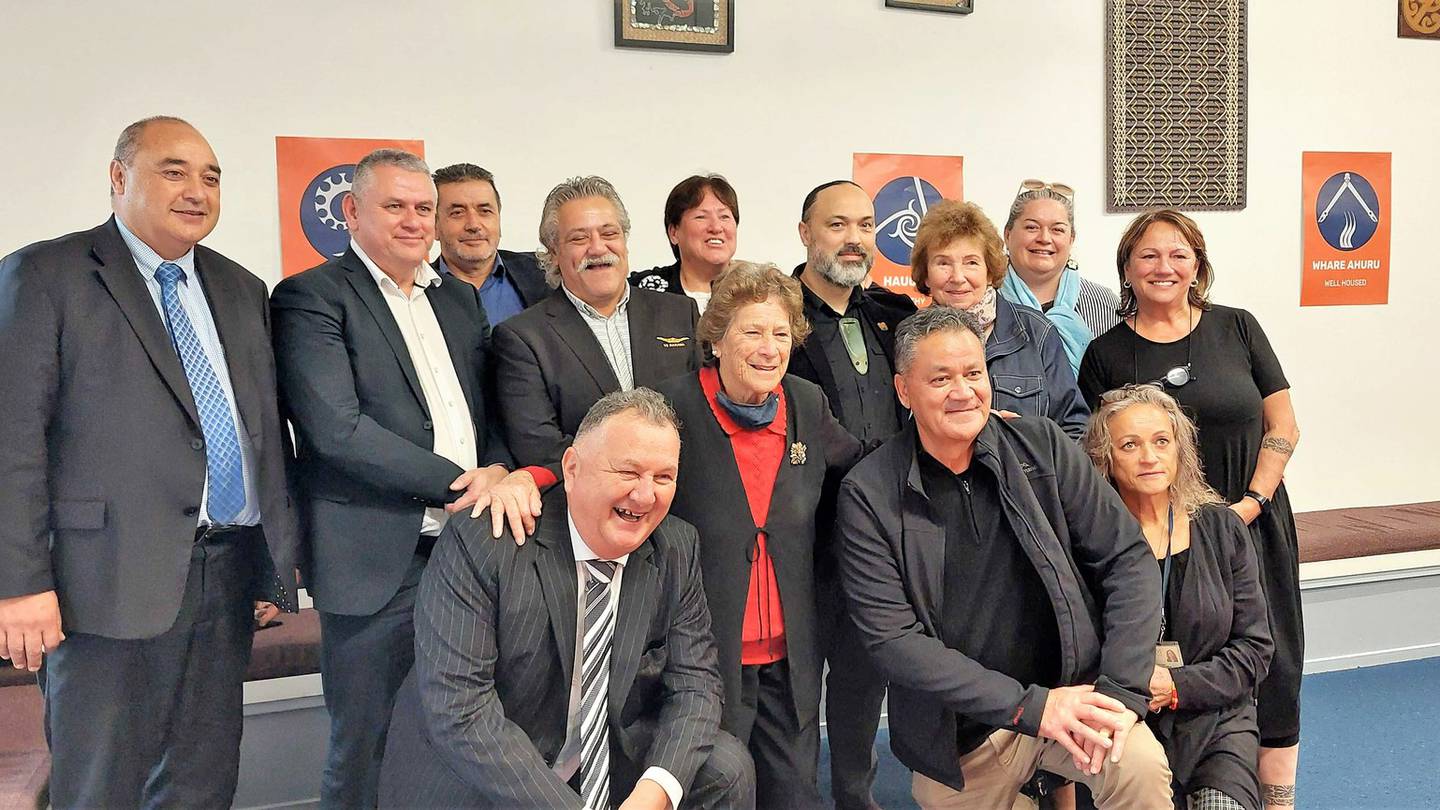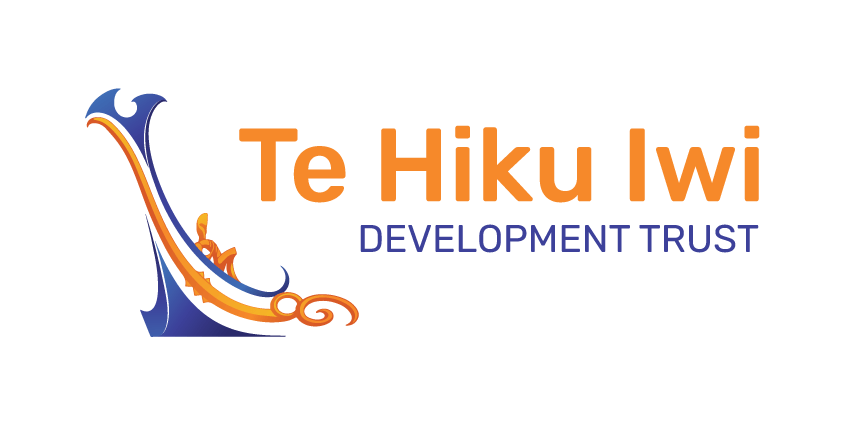Feasibility study provides roadmap as government commits investment into communities hardest hit by meth harm.
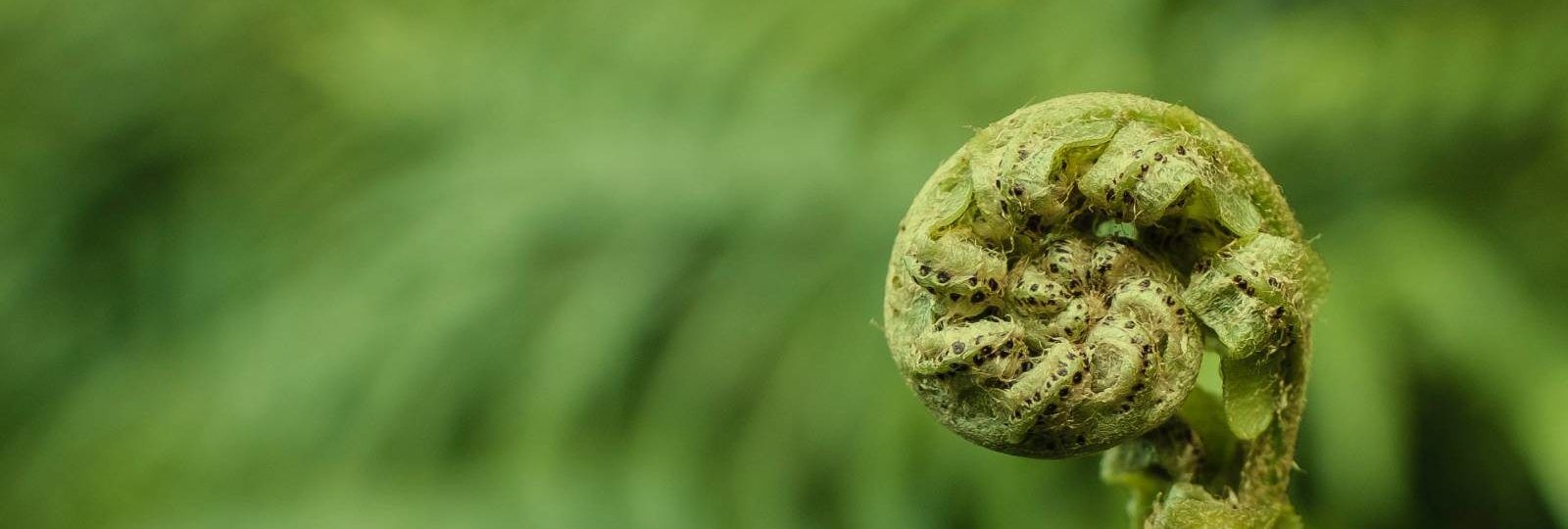
For Immediate Release
19 November 2025
STARTS
In 2020, 50% of children taken into care by Oranga Tamariki in Te Hiku cited methamphetamine as the primary reason. By 2024, that figure rose to 90%. Nine out of every ten tamariki being removed from their homes in Te Hiku are losing their families to methamphetamine addiction. Wastewater testing data confirms this crisis, showing a 96% increase in methamphetamine consumption in 2024 compared to 2023.
"Te Hiku whānau are suffering," said Te Hiku Iwi Development Trust (THIDT) Chairman Abe Witana. "For four years we have raised this issue through the Social Development and Wellbeing Accord, and we are starting to believe no one can hear our ongoing cry for support. Te Hiku is in a methamphetamine crisis that isn't getting better—it's getting worse."
Te Hiku represents 36.6% of Northland's population, one of only three priority regions named under the national action plan. The region is a known hotspot for methamphetamine use, manufacture, and distribution, yet whānau have largely been left to face this crisis alone. Of twelve providers supporting families through addiction, only four receive government funding specifically for alcohol and drug services. Resources are inadequate to the scale of the crisis.
Witana called for the government's newly announced action plan to be deployed through evidence-based, locally designed pathways that support service providers. "We want to acknowledge that Te Hiku service providers are struggling to meet demand. Their hard work, late nights, and innovation often go unrecognised," he said.
A comprehensive feasibility study commissioned by THIDT in partnership with the Ministry of Health and delivered by Pūrangakura Kaupapa Māori Research Centre provides a clear roadmap for sustainable investment. The study centres the voices and lived experiences of whānau, practitioners, specialists, and service providers responding to methamphetamine harm in Te Hiku.
The study identifies community-level deprivation as the strongest predictor of methamphetamine harm. Addiction recovery becomes secondary when whānau are in survival mode trying to manage unstable housing and food insecurity. Te Hiku faces extreme deprivation, where intergenerational unemployment, benefit dependency, and poverty-level wages create conditions in which addiction thrives. This crisis is not a failure of whānau, it is the direct result of systemic neglect.
"Our feasibility study shows what's needed, not just more funding, but sustainable investment in locally led solutions," said Carol Berghan, CEO of THIDT. "The study recommends a multi-tiered model delivering treatment through all recovery stages—from detox to long-term support—using locally and culturally appropriate approaches."
"Te Hiku whānau are living through a crisis that demands immediate action," Berghan continued. "The evidence is clear about what works. We need sustainable cross-agency investment for service providers delivering the locally led solutions that are achieving the outcomes we all seek."
Te Hiku Iwi leaders emphasised that Iwi, communities, and health service providers have outlined the approach and solutions needed in the feasibility study. The Trust acknowledged all who contributed to the study, with special recognition to lead researcher Dr. Jo Mane for bringing these voices together.
ENDS
